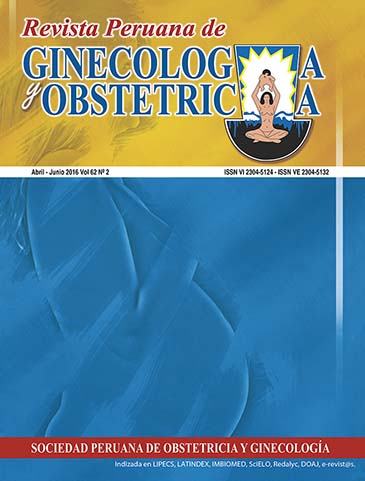Zika virus - A new chalenge for obstetricians and gynecologists
DOI:
https://doi.org/10.31403/rpgo.v62i1905Abstract
The Zika virus has spread rapidly in the Americas since its first identification in Brazil in early 2015. The Zika virus is transmitted by Aedes mosquitoes and by sexual relations. It has been found in humans’ blood, saliva, urine, semen, amniotic fluid. Zika infection lasts only a few days, and signs and symptoms present in only about 20% of people are typically mild. The Zika virus has been considered a teratogen that causes microcephaly and other serious brain anomalies as it may invade fetal nerve cells and disrupt brain development. It has also been related to Guillian-Barré syndrome and to an autoimmune syndrome called acute disseminated encephalomyelitis, or ADEM. A review is done on the Zika virus transmission, perinatal problems and prevention in women of reproductive age, during pregnancy and labor, and fertility treatments, as well as strategic preventive considerations implemented in Peru.Downloads
Download data is not yet available.
Downloads
Published
2016-07-13
How to Cite
Pacheco-Romero, J. (2016). Zika virus - A new chalenge for obstetricians and gynecologists. The Peruvian Journal of Gynecology and Obstetrics, 62(2), 219–242. https://doi.org/10.31403/rpgo.v62i1905
Issue
Section
Artículos de Revisión
















